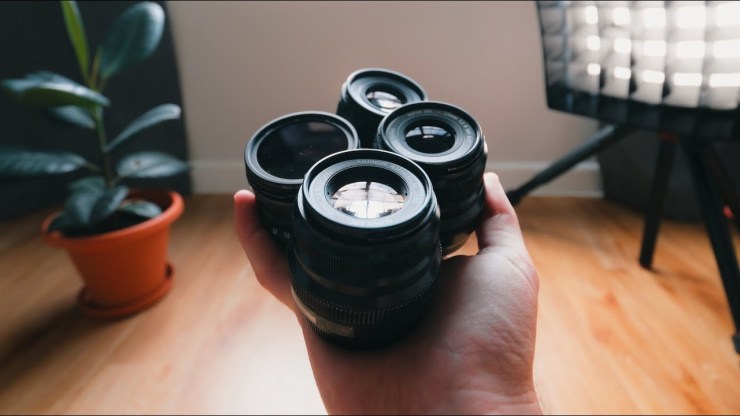I took the time to read comments on this site, as well as a few other sites and found that there are some terms that need some clarification for use in the photo world. Some are quite comical, and some are just plainly mistakenly used in place of another term.
Here’s a quick list of words that were commonly misunderstood. If you’ve got any others that you know of, feel free to comment, share and help others learn the lingo!
F-stop
What it isn’t: Shutter speed
What it is: F-stop is another term that refers to the aperture setting. The f-stop number is determined by the focal length of the lens divided by the diameter of the aperture. Aperture impacts the depth of field. A high number f-stop means a smaller aperture that lets less light in. A low number f-stop means a wider opening for the aperture which lets more light in. A shallow depth-of-field (low number) means you will have better subject/background isolation. A large depth-of-field (high number) and vice versa.

Back focus
What it isn’t: The button on the back of some cameras that activate focus.
What it is: Back focus refers to a problem occurring when the focus plane is further back than you were expecting it to be. It is impacted by the distance between the rear lens element and the sensor. Back focus issues may occur, causing your image to be slightly soft. Some cameras can adjust back focus for some lenses, and some lenses have a manual back focus adjustment.
Prime lens
What it isn’t: Your main lens. I guess in the right context, prime may refer to “main,” as in the main lens
What it is: A fixed focal length lens. Does not zoom. I tend to use these due to the image quality to price ratio– they’re really great deals!

Portfolio
What it isn’t: A large, thin, flat case that carries prints.
What it is: Samples, hopefully, the best samples, of your work– which you may, in fact, carry in a portfolio if it isn’t digital. When someone asks where’s your portfolio, they’re not asking specifically about your method of transporting paper items.
Canon
What it isn’t: A large, heavy piece of artillery, typically mounted on wheels, formerly used in warfare.
What it is: A company that produces both consumer and professional optical gear. In most cases on the site, we speak of Canon in relation to their photography equipment, not their binoculars.
Photoshop
What it isn’t: A verb.
What it is: A horribly mistaken substitute for the word “edit.” First, Photoshop is a professional piece of software that allows one to edit, manipulate and create amazing images. Second, when you ask graphic designers, photographers and/or the internet, to help you “photoshop” something, I can almost guarantee that the result will be nothing as normal as you’d expect. Don’t believe me? Check Google’s top sites for “help me photoshop this.” Third, the media will probably associate you with those who have created thigh gaps, created strange jagged arms and other things that the graphic designers at Target goofed up. Photoshop is the tool that photographers use to edit.

RAW
What it isn’t: Uncooked. Naked. A hipster term that is worn on T-shirts to let people know that you take photos.
What it is: RAW, specifically Camera RAW, is a file format that has minimal processing done to it before it is saved to your memory card. It retains much of the data that the sensor receives, whereas JPEG, a compressed file format, does not.
SOOC
What it isn’t: A typo.
What it is: It is an acronym for Straight Out Of (the) Camera. It refers to an image that had no post-processing done– literally displaying what was taken right from the camera.
Speed (of a lens)
What it isn’t: How quickly the lens moves (unless talking about autofocus motor speed)
What it is: When people reference the speed of a lens as “fast,” as in “that’s a fast lens,” people are referring to the maximum aperture that the lens is capable of. Typically, lenses with wide-open apertures between 2.8 and 1.0 are deemed as “fast.” Most people don’t call lenses with wide-open apertures of 3.5 “slow.”
Tell your story with the second annual Visual Storytelling Conference!
Experience four days of interactive, online training sessions featuring a range of educational content with experienced photographers and content creators. This free event kicks off with a series of technical boot camps to build essential skills, followed by live, online sessions on photography, video, business and social media. Join live from March 10-13, 2022!
